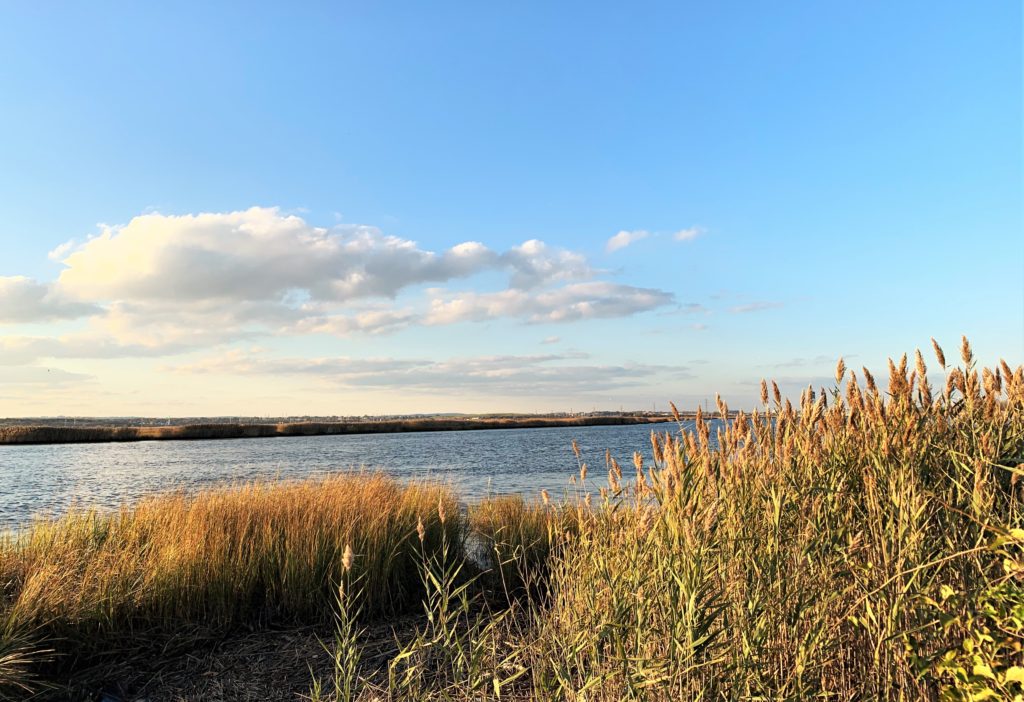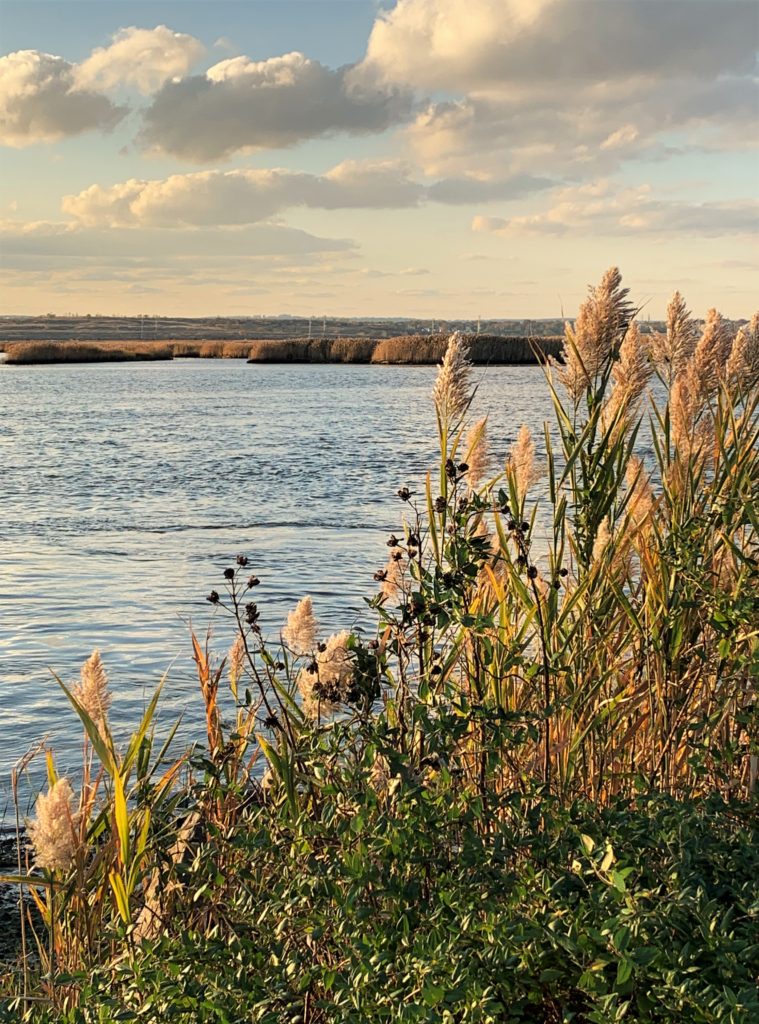Mom was admitted to the hospital one week before Christmas. Although there were never any prior symptoms, she was diagnosed with final stage of cancer. Considering her age, and her deteriorating mental faculties, we decided not to put her through any aggressive treatments. I went home on Christmas Day to be with my family.
Robert and I took turn staying with mom overnight. Early on Saturday morning, after a good night’s sleep at home, I rushed back to the hospital. When I arrived, the entrance lobby, usually packed with patients, visitors and volunteers, was almost empty. An elderly Western gentleman was standing by the wheelchair lift in the vestibule. Frail and alone, he also seemed afflicted.
I approached him. He said that he needed a wheelchair. I got one from the service station. A young person helped him with a few steps up to the lobby. He tried really hard to communicate with me in poor Mandarin. Having a hard time understanding him, I asked him to speak English with me instead and to direct me to where he needed to go.
I told him that I lived in Manhattan. He said that he was from Long Island—Great Neck to be exact. Then, he asked if I was a Yankee or a Met fan. I replied that I would be happy to cheer for either side. By the time we reached the admission desk at the chemotherapy clinic, I had learned that this kind man was a Catholic priest and had lived in Taiwan for over fifty years.
Since it was my first time at the clinic, I was very clumsy with the sign-in procedure. The nurses also had some difficulties communicating with him regarding the appointment, never mind all his documents and prescribed medicines. Suddenly, he broke into perfect Taiwanese. Problem solved!
If, initially, he had spoken with me in Taiwanese, we would never have found out as much about each other: I would simply be a friendly stranger and he would simply be an elderly foreigner needing assistance. One of nurses gave me a big smile when she realized that I was a total stranger. As we wished each other best of luck, he said that I was an angel. I told him that our encounter was good karma for both of us.
It has been four weeks since our chance encounter. I keep the gentleman and his health in my thoughts. On the first day of the Year of the Rat, I wish to share the good karma with more people. May it be a long lasting one.




